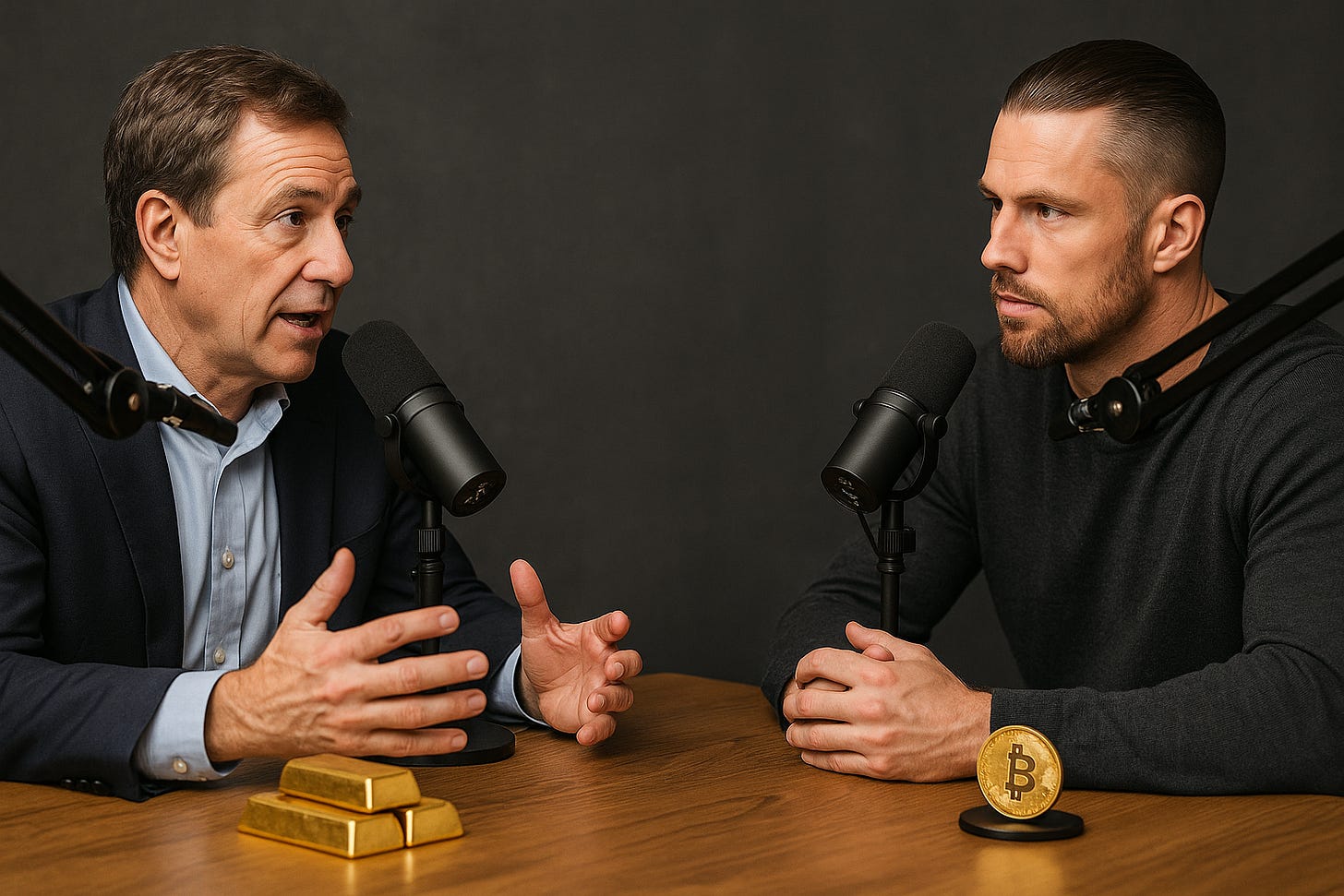The Most Important Graph You’ll Ever See About Money
According to One of the Best Money Podcasts in the World
The other day, while training, I put on one of those podcasts you can’t just have in the background. The kind that makes you stop and think. It was the What is Money Show, probably the best content out there today for anyone wanting to understand the monetary system without the sugarcoating.
The guest was talking about one of those eternal debates: is gold better, is Bitcoin better, or is there another asset that takes the crown? This wasn’t a superficial social media fight. It was about understanding the essence of each asset and its role in a world that, like it or not, runs on a monetary system that is constantly losing value.
They spoke about gold as money tested over millennia, accepted and resistant to political manipulation, but too slow for the demands of the digital age. Bitcoin, on the other hand, is uncensorable digital property, with a closed and predictable monetary system, but without the history and universal acceptance of physical gold. Other assets, like…

